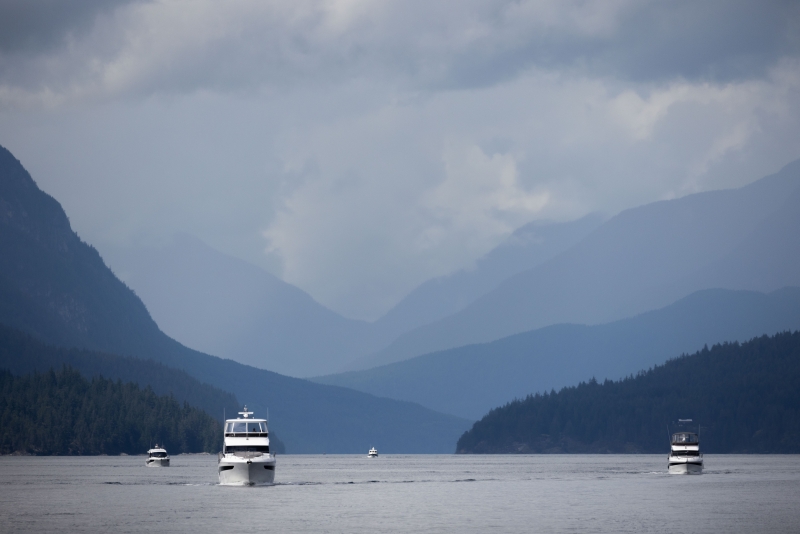Decision Making While Cruising
15th April 2024
Decision making is never easy aboard a boat. If there is more than one person aboard your boat, how do you resolve conflicts about go/no go, routing, anchoring, and the like? Yes, the captain is the ultimate decision-maker. But that doesn’t mean that they operate in a vacuum. Everyone’s thoughts and feelings need to be considered.
Here are a few suggested guidelines that shape the captain’s decisions:
Start by talking things out. What are the objections that each has to the other’s proposal – discomfort, arriving after dark, risking the boat, impossibility?

If possible, go with the more conservative option. Boating is supposed to be fun, and it’s no fun if one person is terrified.
Sometimes, there’s even disagreement as to what’s the more conservative option as everyone sees different potential problems. Try to talk each concern out . . . but eventually yes, the captain has the final say.
Occasionally, the answer is what is a completely different option or approach. During the conversation, you may produce another option that all will like.
Along similar lines, successful boaters always operate on the principle that they are not anchored until all parties are happy with where and how they are anchored. Again, if one person thinks you’re in a bad spot or likely to drag, they won’t be sleeping well . . . and that’s just not good either.
Accepting the decision is part of the process. Once a decision has been made – to go, not to go, or whatever – try to not just accept it, but do your part to make it work. No pouting or being grumpy!

Then there are the times where you may have made a decision, and you need to change or modify it. One of those may be deciding to turn back.
Deciding to turn back is often a smart move, but one that’s hard to make. You’ve thought for a few days about the next leg of your journey and decided to go. Maybe you’ve told others or announced it on social media. You’re invested in it. And then to say “no” somehow implies failure. Instead, turning back when conditions aren’t to your liking is a sign of maturity.
Keeping passages and even day cruises or sails enjoyable perpetuates the cruising dream. Gentle conditions result in fewer breakdowns and less of a hit to the pocketbook.
If you do decide to opt for a passage in less than ideal conditions for whatever reason, Wise skippers and crews have backup plans that include turning back, and protected bail-out anchorages or marinas along the way in case it is rougher than expected. And everyone aboard needs to agree to the plan.
In the case of an uncomfortable passage, turning back or going to one of your bail-out anchorages or marinas is a joint decision. Periodically turn to each other and ask, “Are you comfortable with what we’re doing?” When one person says no, it’s time to re-think things.


